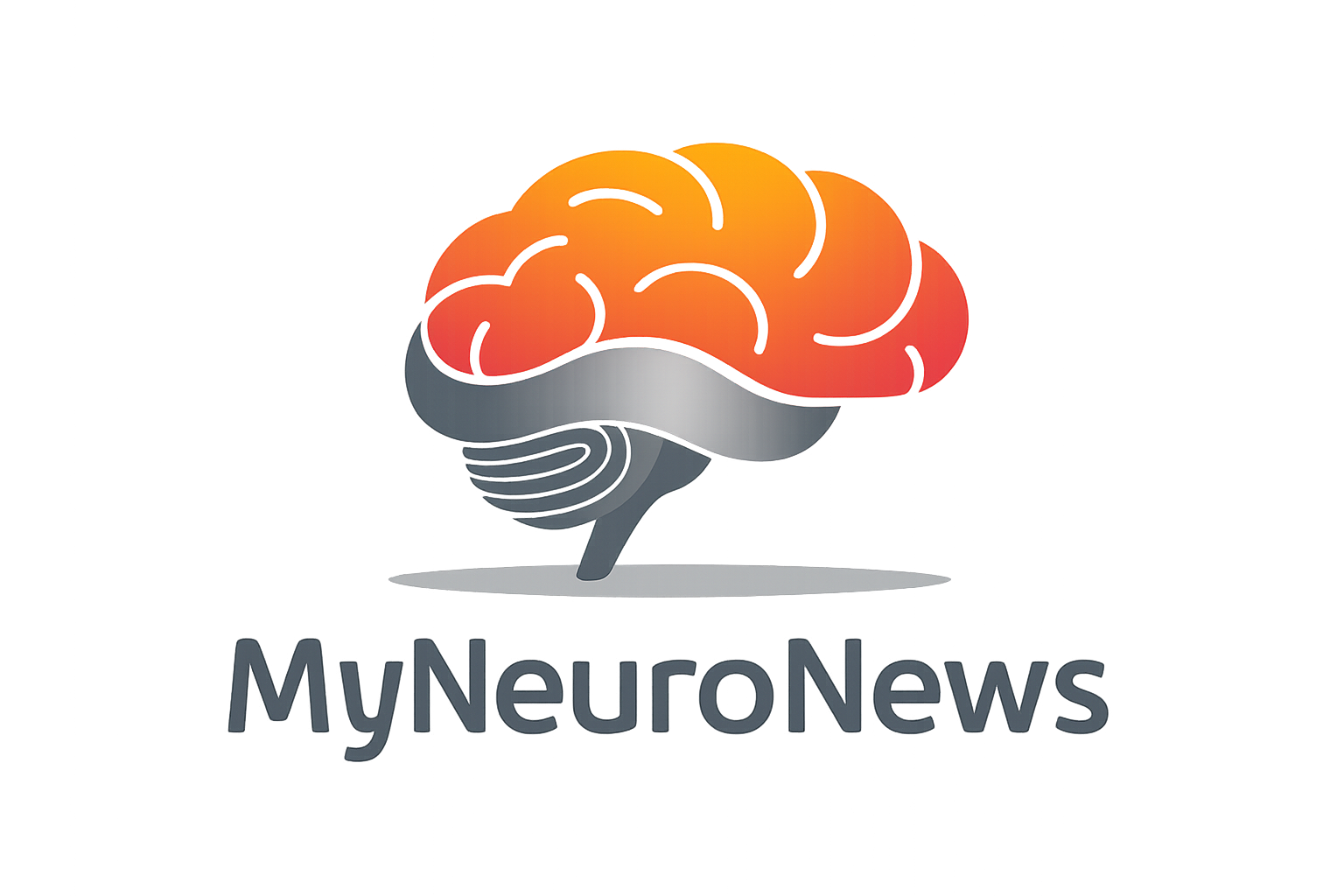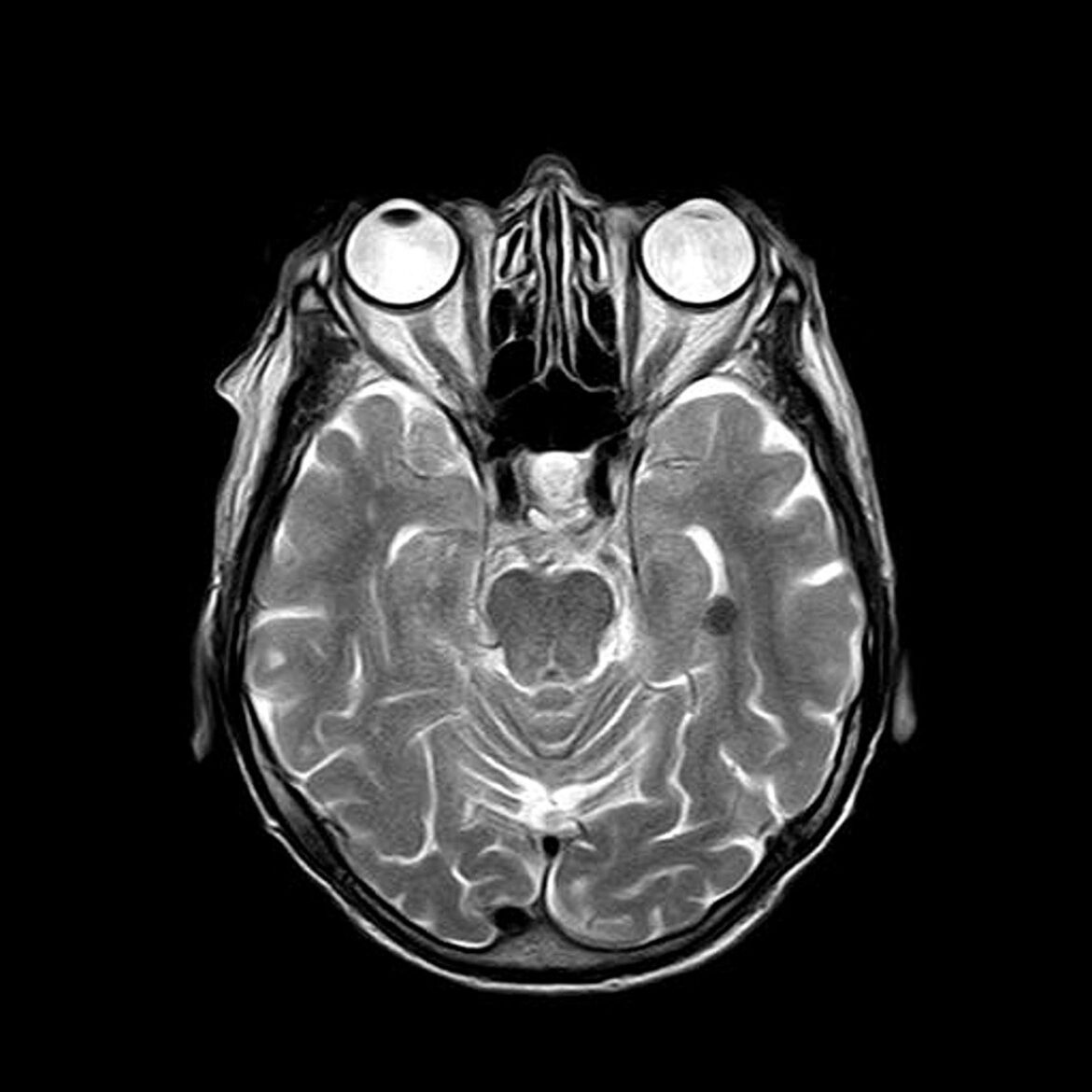Pharmacological Interventions for PTH
Multiple pharmacological options are available for managing post-traumatic headaches (PTH). Common choices include nonsteroidal anti-inflammatory drugs (NSAIDs) like ibuprofen and naproxen for mild to moderate headache relief, with paracetamol also being an effective option.
Research has explored the effect of early administration of ibuprofen and acetaminophen in children and adolescents with concussion, finding no significant impact on headache resolution seven days post-concussion. Although these non-opioid pain relievers are recommended for short-term relief, their long-term usage requires caution due to potential risks.
Antiepileptic drugs and tricyclic antidepressants (TCAs) have shown benefits in managing PTH symptoms, with studies indicating significant symptom improvement over time. Gabapentin and TCAs, in particular, have been associated with both immediate and sustained symptom relief, despite the initial higher symptom scores in medicated patients.
For chronic PTH following mTBI, retrospective studies have demonstrated the effectiveness of prophylactic medications, with topiramate showing a notable decrease in headache frequency. Triptan-class medications have also been effective, especially for blast and non-blast-related PTH, highlighting the varied response based on the headache’s etiology.
Repetitive Transcranial Magnetic Stimulation (rTMS)
rTMS, a non-invasive neurostimulation method, has shown promise in treating PTH and post-concussion depression, with several studies reporting positive outcomes despite limitations in sample size and methodology.
Neutralizing Prismatic Lenses
For patients with vertical heterophoria (VH), neutralizing prismatic lenses have significantly reduced headache, dizziness, and anxiety symptoms, suggesting an effective treatment route for PTH associated with VH.
Peripheral Nerve Surgery
Peripheral nerve surgery has been presented as a viable option for patients with persistent PTH, with studies showing substantial pain reduction and successful outcomes in a significant proportion of patients undergoing occipital nerve surgery.
Botulinum Toxin
Botulinum toxin injections have been reported to effectively alleviate chronic tension-type PTHs, showing significant improvement in headache symptoms, cognitive function, and quality of life in patients with persistent symptoms post-TBI.
| Treatment Type | Application | Key Findings |
|---|---|---|
| Pharmacological | NSAIDs (e.g., ibuprofen, naproxen), Paracetamol | Commonly used for mild to moderate headaches. No significant impact on headache resolution seven days post-concussion in a study on children and adolescents. |
| Antiepileptic drugs, Tricyclic antidepressants (TCAs) | Showed significant symptom improvement over time; gabapentin and TCAs specifically linked to immediate and sustained symptom relief. | |
| Prophylactic medications (e.g., topiramate, triptan-class medications) | Effective in reducing headache frequency, especially for chronic PTH. Triptan-based medications were notably effective for both blast and non-blast PTH. | |
| Non-Pharmacological | Repetitive Transcranial Magnetic Stimulation (rTMS) | Showed promising results in treating PTH and post-concussion depression, with positive outcomes in several small studies. |
| Neutralizing Prismatic Lenses | Effective in reducing symptoms of headache, dizziness, and anxiety in patients with vertical heterophoria (VH). | |
| Surgical and Interventional | Peripheral Nerve Surgery | Resulted in substantial pain reduction and successful outcomes in a significant number of patients with persistent PTH. |
| Botulinum Toxin | Effective in alleviating chronic tension-type PTHs, with improvements noted in headache symptoms, cognitive function, and quality of life. |
This table provides an overview of the diverse treatment landscape for PTH, highlighting the importance of individualized treatment strategies based on the patient’s specific symptoms and the underlying cause of their headaches.
Literature – further reading:
Cushman D.M., Borowski L., Hansen C., Hendrick J., Bushman T., Teramoto M. Gabapentin and Tricyclics in the Treatment of Post-Concussive Headache.; a Retrospective Cohort Study. Headache. 2019;59:371–382. doi: 10.1111/head.13451. [PubMed] [CrossRef] [Google Scholar]
Erickson J.C. Treatment outcomes of chronic post-traumatic headaches after mild head trauma in US soldiers: An observational study. Headache. 2011;51:932–944. doi: 10.1111/j.1526-4610.2011.01909.x. [PubMed] [CrossRef] [Google Scholar]
Mollica A., Safavifar F., Fralick M., Giacobbe P., Lipsman N., Burke M.J. Transcranial Magnetic Stimulation for the Treatment of Concussion: A Systematic Review. Neuromodulation. 2021;24:803–812. doi: 10.1111/ner.13319. [PubMed] [CrossRef] [Google Scholar]
Rosner M.S., Feinberg D.L., Doble J.E., Rosner A.J. Treatment of vertical heterophoria ameliorates persistent post-concussive symptoms: A retrospective analysis utilizing a multi-faceted assessment battery. Brain Inj. 2016;30:311–317. doi: 10.3109/02699052.2015.1113564. [PubMed] [CrossRef] [Google Scholar]
Lippert-Grüner M. Botulinum toxin in the treatment of post-traumatic headache-case study. Neurol. Neurochir. Pol. 2012;46:591–594. doi: 10.5114/ninp.2012.32109. [PubMed] [CrossRef] [Google Scholar]
Yerry J.A., Kuehn D., Finkel A.G. Onabotulinum toxin a for the treatment of headache in service members with a history of mild traumatic brain injury: A cohort study. Headache. 2015;55:395–406. doi: 10.1111/head.12495. [PubMed] [CrossRef] [Google Scholar]
Klein S.K., Brown C.B., Ostrowski-Delahanty S., Bruckman D., Victorio M.C. Identifying Migraine Phenotype Post Traumatic Headache (MPTH) to Guide Overall Recovery From Traumatic Brain Injury. J. Child Neurol. :2022. [PubMed] [Google Scholar]

